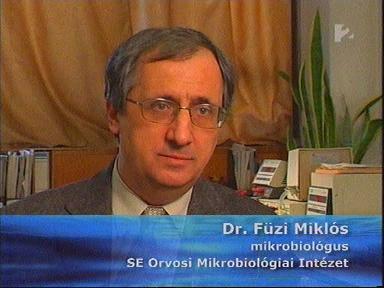Day 1 :
Keynote Forum
Mohannad Al Saghir
Ohio University, USA
Keynote: Risk Awareness of Disease and Infection Undergraduate Study (RADIUS) Combining Teaching, Research and Community Service
Time : 10:15-10:45

Biography:
Abstract:
Keynote Forum
Ruslan Afasizhev
Boston University School of Dental Medicine, USA
Keynote: Uridylation-induced RNA degradation in mitochondria of trypanosomes: mechanisms, targets and evolution
Time : 11:05-11:35

Biography:
Abstract:
Keynote Forum
Mette Kolpen
University of Copenhagen, Denmark
Keynote: Enhancement of the bactericidal activity of antibiotics in hypoxic biofilms as seen in patients with chronic pulmonary disease.
Time : 11:35-12:00

Biography:
Abstract:
Keynote Forum
Ella Cullen
University of Stirling, United Kingdom
Keynote: Ultra-fast drug resistance predictions from NGS sequence data using Cloud Computing
Time : 12:00-12:25

Biography:
Abstract:
Keynote Forum
Arinze Okoli
Genok - Centre for Biosafety, Norway
Keynote: Application of Proteomics in the study of Microbial Physiology: taking advantage of changes in the microbe’s normal functions under stress conditions
Time : 13:25-13:50

Biography:
Abstract:
Keynote Forum
Khalid Habib
Baghdad-University, Iraq
Keynote: Influence of Temperature and pH on the Growth of Lactobacillus reuteri ATCC 23272 using Optical Density assay
Time : 13:50-14:15

Biography:
Abstract:
Keynote Forum
Miklos Fuzi
Semmelweis University, Hungary
Keynote: Diverse fitness associated with resistance to fluoroquinolones influenced the clonal dynamics of various multiresistant pathogens
Time : 14:15-14:40

Biography:
Abstract:
Keynote Forum
Inna Afasizheva
Boston University School of Dental Medicine, USA
Keynote: Pentatricopeptide repeat (PPR) RNA binding proteins regulate mRNA processing in mitochondria of Trypanosoma brucei
Time : 15:05-15:30

Biography:
Abstract:
- Industrial Microbiology | Microbial Screening and Physiology|Microbial Diseases|Advanced Microbial Genetics|Microbes and Environments|Microbial Metabolism|

Chair
Mohannad Al Saghir
Ohio University ,USA

Co-Chair
Ruslan Afasizhev
Boston University School of Dental Medicine,USA
Session Introduction
Mette Kolpen
University of Copenhagen, Denmark
Title: Enhancement of the bactericidal activity of antibiotics in hypoxic biofilms as seen in patients with chronic pulmonary disease

Biography:
Abstract:
Ella Cullen
University of Stirling, United Kingdom
Title: Ultra-fast drug resistance predictions from NGS sequence data using Cloud Computing
Biography:
Abstract:
Arinze Okoli
Genok - Centre for Biosafety, Norway
Title: Application of Proteomics in the study of Microbial Physiology: taking advantage of changes in the microbe’s normal functions under stress conditions
Biography:
Abstract:
Khalid Habib
Baghdad-University, Iraq
Title: Influence of Temperature and pH on the Growth of Lactobacillus reuteri ATCC 23272 using Optical Density assay
Biography:
KhalidA. Habeb currently working as Professor in microbiology Department of Biology / College of Science for Women / University of Baghdad, Iraq.
Abstract:
Miklos Fuzi
Semmelweis University, Hungary
Title: Diverse fitness associated with resistance to fluoroquinolones influenced the clonal dynamics of various multiresistant pathogens

Biography:
Abstract:
Marie Joelle Virolle
University Paris Sud, France
Title: Strong antibiotic production is correlated with an oxidative metabolism in Streptomyces

Biography:
Abstract:
Inna Afasizheva
Boston University School of Dental Medicine, USA
